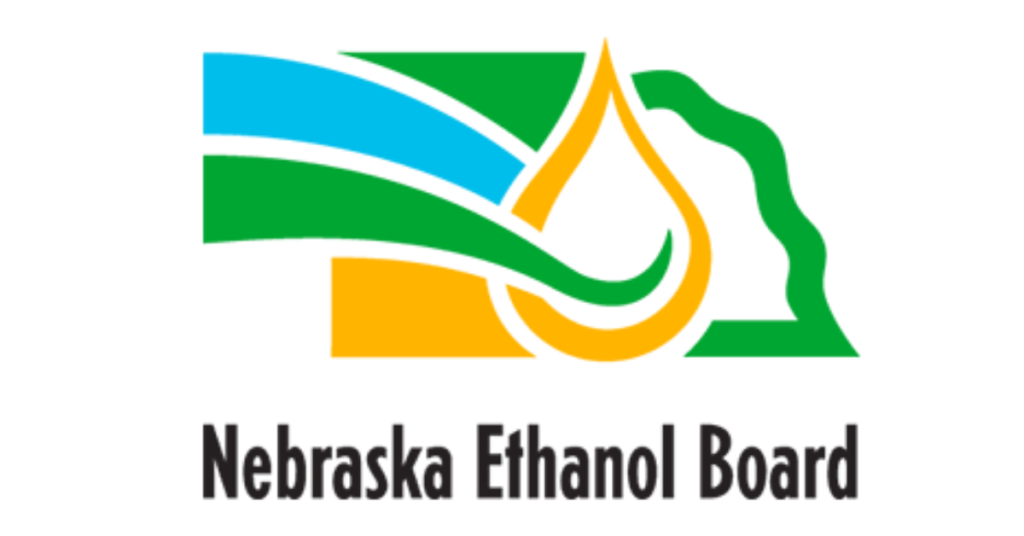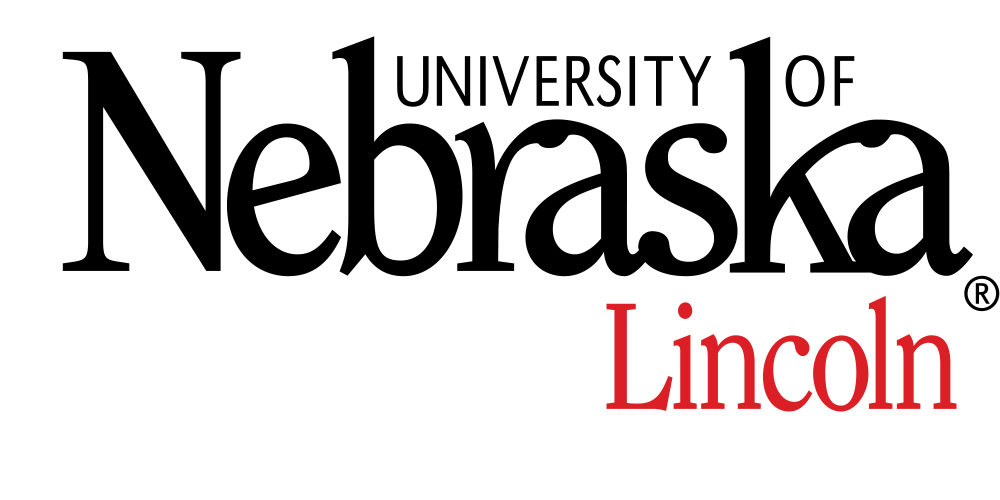

The Nebraska Ethanol Board announced that the overall economic impact of Nebraska’s ethanol industry is over $4.5 billion, according to a new study by the University of Nebraska-Lincoln. The Nebraska Ethanol Board and UNL are members of Bio Nebraska.
Announcement by the Nebraska Ethanol Board
The Nebraska ethanol industry produced over 2.25 billion gallons in 2019, resulting in a value of production for ethanol and co-products of greater than $4.04 billion, according to a new University of Nebraska–Lincoln study estimating the industry’s impact in 2018 and 2019. The overall economic impact of the Nebraska ethanol industry is over $4.5 billion.
“This research confirms that ethanol continues to play a vital role in Nebraska’s economy,” said Reid Wagner, administrator of the Nebraska Ethanol Board. “We are seeing a lot of growth and innovation in the industry that will continue to grow Nebraska, and we expect the impact to the economy to become stronger and stronger. We are very proud that our industry and our state is able to provide a liquid fuel leading the way in decarbonizing our nation while supporting thousands of jobs, Nebraska agriculture, and the environment.”
Gallons produced and value of production in 2019 both increased over 2017, the year of the previous report, when the state produced over 2.07 billion gallons of ethanol, valued at $3.76 billion.
“Nebraska’s ethanol industry remains an important market in Nebraska, trailing only corn and cattle,” said Kate Brooks, associate professor in the Department of Agricultural Economics and a co-author of the study. “While the industry experienced weakened ethanol prices in 2018 and 2019, it has shown resilience through continued expansion in total capacity and diversification of co-products.”
According to the study, Nebraska continues to rank as the second-largest ethanol-producing state in the nation. The overall value of ethanol and ethanol co-products averages 64% of corn production, 33% of cattle production and 131% of soybean production, making ethanol the third-largest agricultural industry in the state.
From 2010 to 2014, the ethanol industry employed 1,301 full-time employees, rising to 1,453 employees from 2015-2017. These jobs led to primary employee income of $71 million from 2010 to 2014 and $97 million from 2015 to 2017. In 2018 and 2019, the industry employed 1,460 full-time equivalents, leading to a labor income of $125 million and $13 million in indirect business taxes. Proprietors’ income tells a different story, as producer income averaged $34 million from 2010 to 2014 and only $11 million annually from 2015 to 2017, which were primarily caused by lower prices. The estimated proprietors’ income for 2018 to 2019 was $12 million.
“Comparing the two most recent reports shows a trend toward stability in ethanol production,” Brooks said, noting that the latest data shows growth in ethanol co-product markets, for products like dried, wet and modified distillers’ grains and corn oil. The industry continues to expand beyond these traditional co-products, taking advantage of new market opportunities.
Almost all of Nebraska’s ethanol and about half the state’s dried distillers’ grain and corn oil production are exported, meaning most production results in a net positive impact for the state. The sales outside of Nebraska represent a direct economic impact, bringing new money into Nebraska’s economy.
The study’s results also suggest a positive impact on local corn cash prices, with an average increase of about 21.3 cents per bushel in the immediate areas near ethanol production facilities. A grower near an ethanol facility producing 220 bushels of corn per acre could receive, on average, an additional $46.86 per acre. Producers farther from ethanol plants face higher transportation costs and would net a smaller amount.
The report was produced by the Department of Agricultural Economics at Nebraska, in partnership with the Nebraska Ethanol Board. It is available here.
